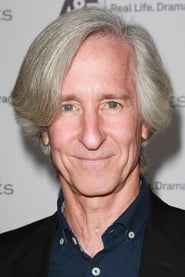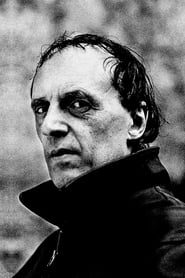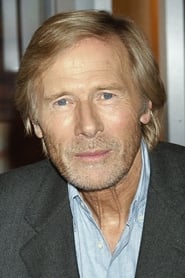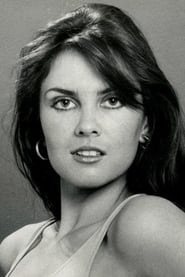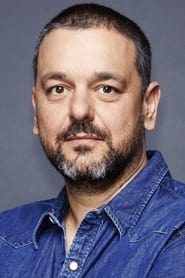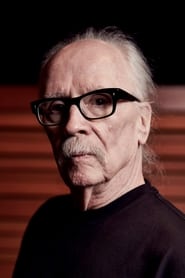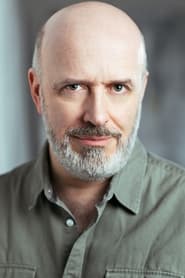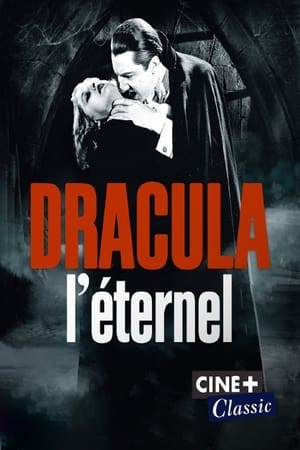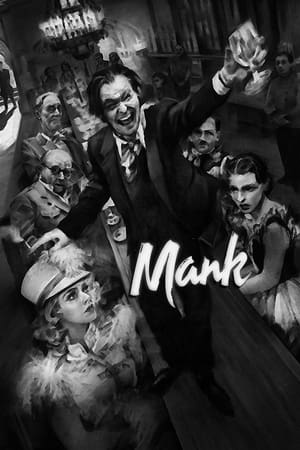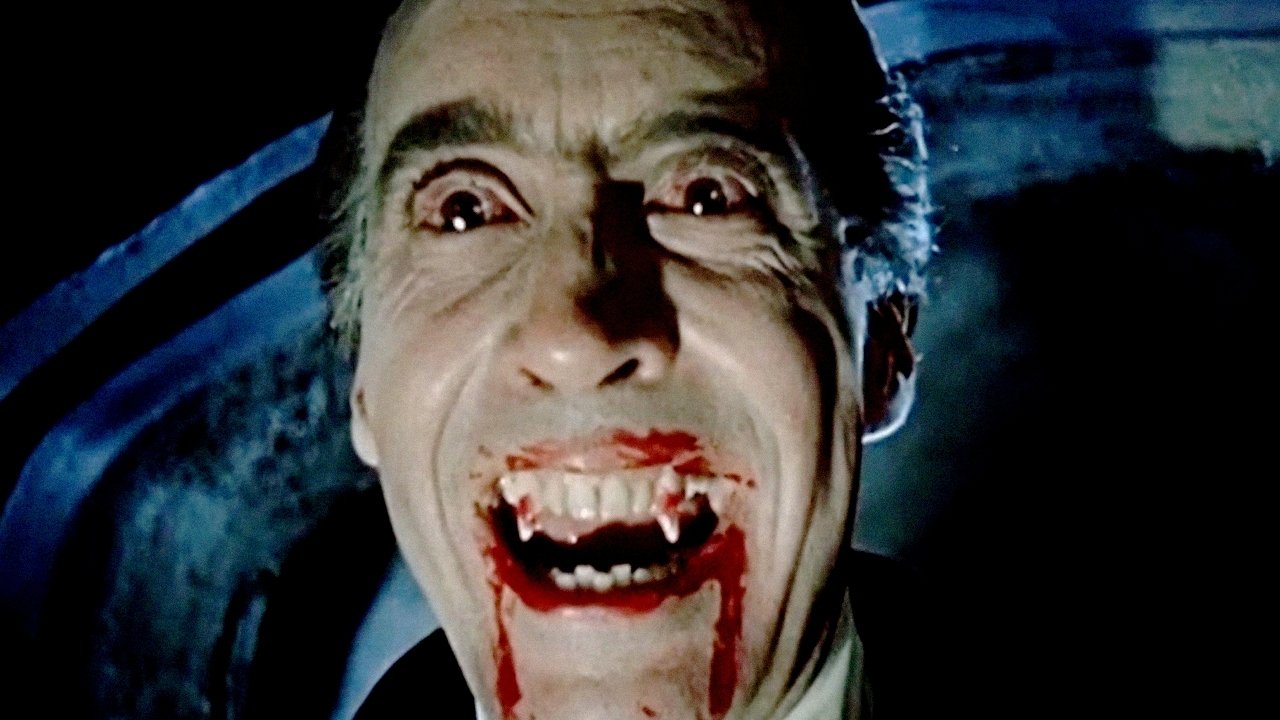
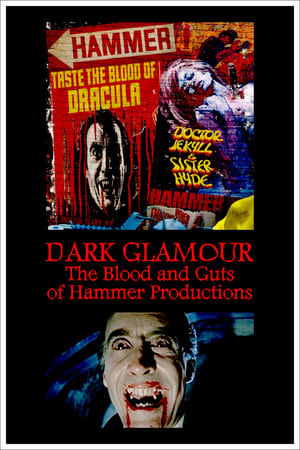
Dark Glamour: The Blood and Guts of Hammer Productions(2017)
The greatness, fall and renaissance of Hammer, the flagship company of British popular cinema, mainly from 1955 to 1968. Tortured women and sadistic monsters populated oppressive scenarios in provocative productions that shocked censorship and disgusted critics but fascinated the public. Movies in which horror was shown in offensive colors: dreadful stories, told without prejudices, that offered fear, blood, sex and stunning performances.

Movie: Dark Glamour: The Blood and Guts of Hammer Productions
Top 10 Billed Cast

Terreur et glamour : montée et déclin du studio Hammer
HomePage
Overview
The greatness, fall and renaissance of Hammer, the flagship company of British popular cinema, mainly from 1955 to 1968. Tortured women and sadistic monsters populated oppressive scenarios in provocative productions that shocked censorship and disgusted critics but fascinated the public. Movies in which horror was shown in offensive colors: dreadful stories, told without prejudices, that offered fear, blood, sex and stunning performances.
Release Date
2017-08-06
Average
6
Rating:
3.0 startsTagline
Genres
Languages:
EnglishFrançaisDeutschItalianoKeywords
Recommendations Movies
 5.5
5.5Vampiros DF(en)
A director attempts to understand why he does what he does.
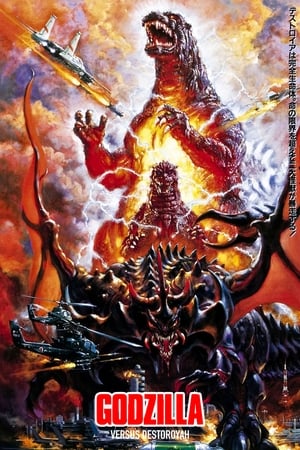 7.8
7.8Godzilla vs. Destoroyah(ja)
A burning Godzilla, on the verge of meltdown, emerges to lay siege to Hong Kong. At the same time horrifying new organisms are discovered in Japan. These crustacean-like beings are seemingly born of the Oxygen Destroyer, the weapon that killed the original Godzilla.
 6.3
6.3Ebirah, Horror of the Deep(ja)
Searching for his brother, Ryota stows away on a boat belonging to a criminal alongside two other teenagers. The group shipwrecks on Letchi island and discover the Infant Island natives have been enslaved by a terrorist organization controlling a crustacean monster. Finding a sleeping Godzilla, they decide to awaken him to defeat the terrorists and liberate the natives.
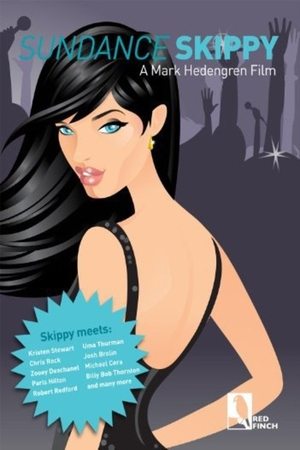 9.2
9.2Sundance Skippy(en)
'Skippy' seeks to win the love of celebrities and a women by getting his photograph taken with as many famous people as possible.
 5.7
5.7The Sisters S-Scandal(ko)
Yoo-jin is rough and manly while Yoo-jeong is feminine and cute. Yoo-jeong works in an office until she finds out she's getting fired. The chairman uses this against her to provide sexual service and Yoo-jeong has no choice but to spend a night with him. Yoo-jin finds out about this and makes a plan to make him pay back...
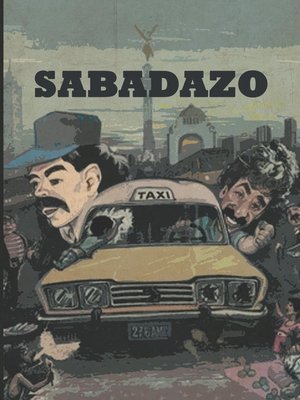 5.4
5.4Sabadazo(es)
Realizing that he's out of touch with "the common people," a Mexico City politician spends a weekend slumming among the plebes he's supposed to represent.
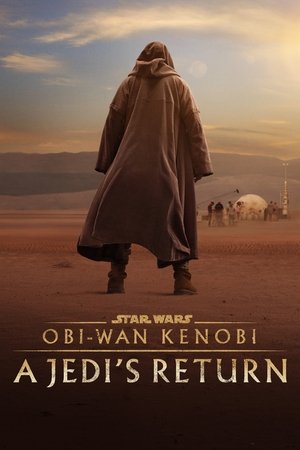 6.8
6.8Obi-Wan Kenobi: A Jedi's Return(en)
This special explores the return of Obi-Wan Kenobi and Anakin Skywalker to the screen, as well as Ewan McGregor and Hayden Christensen to their classic roles. Director Deborah Chow leads the cast and crew as they create new heroes and villains that live alongside new incarnations of beloved Star Wars characters, and an epic story that dramatically bridges the saga films.
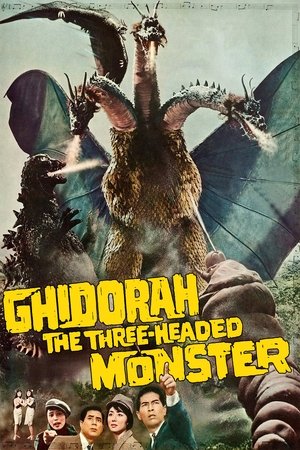 7.0
7.0Ghidorah, the Three-Headed Monster(ja)
After a meteorite unleashes a three-headed beast upon Tokyo, Mothra tries to unite with Godzilla and Rodan to battle the extraterrestrial threat.
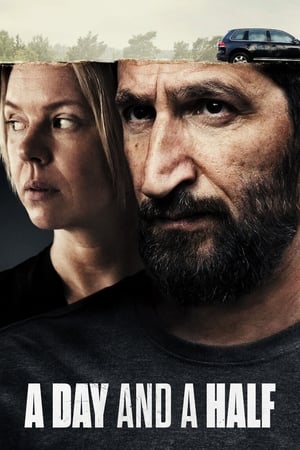 6.3
6.3A Day and a Half(sv)
In a desperate bid to reunite with his daughter, an armed man bursts into the medical center where his estranged wife works and kidnaps her.
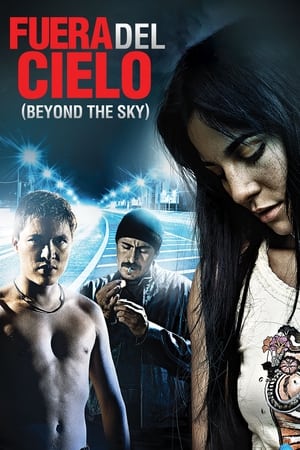 7.0
7.0Beyond the Sky(es)
Malboro and Cucu, the starring characters, are two brothers who split after the older one, Malboro, went to prison five years. One day he is set free, willing to return to his life. Cucu is the younger brother, who has become a boxer with possible success, if only the beater he keeps somewhere inside, didn't arise in the worst moments. The relationship between the two brothers is somehow ambiguous, there's something unclear that caused Malboro's arrest. To complete the triangle is Uncle Jesus who has been like a father to them; a retired boxer who's always thinking about his past. Sara is Malboro's great love, a woman full of shame and resented after almost leaving her whole life behind to follow Malboro, but he failed in their attempt to run away because that same night, he got arrested by Rojas. Rojas is Sara's husband, a police officer who hates Malboro and will do anything to get him out of his way...
 6.7
6.7Godzilla vs. Megaguirus(ja)
In an alternate timeline the original Godzilla is never defeated and repeatedly reemerges to feed on Japan's energy sources. A new inter-dimensional weapon called the Dimension Tide is created with the intent of eliminating Godzilla. However, the new weapon might also serve as a gateway to something far more sinister.
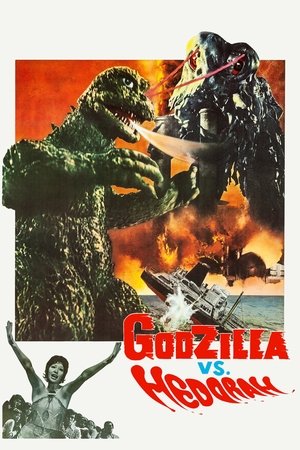 6.8
6.8Godzilla vs. Hedorah(ja)
An ever evolving alien life-form arrives on a comet from the Dark Gaseous Nebula and proceeds to consume pollution. Spewing mists of sulfuric acid and corrosive sludge, neither humanity nor Godzilla may be able to defeat this toxic menace.
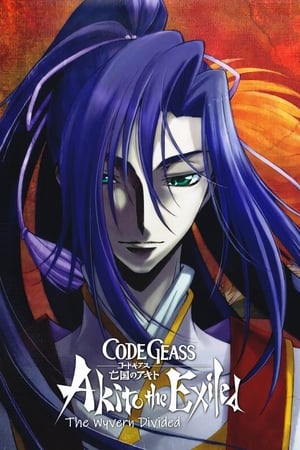 6.2
6.2Code Geass: Akito the Exiled 2: The Wyvern Divided(ja)
The war between Euro Britannia and the European Union continues. New orders are given to the W-0 Unit. To land in the middle of the enemy territory as a diversion. The pilots of the W-0 Unit consist only of the commanding officer, Leila, the only surviving Japanese from their last battle, Akito, and the three that escaped from the Eleven ghettos and lived in the underworld, Ryou, Yukiya, and Ayano. With everyone holding their respective expectations, the operation moves forward. On the other side in Euro Britannia, Shin, who made his benefactor commit suicide with the mysterious power of “Geass”, is appointed the leader of the Knights of St. Michael. As Shin steadily advances for the sake of his own ambition, he and his subordinates in the Ashura squad are given orders to deploy. The one that lives in order to fight, and the one that fights in order to live.
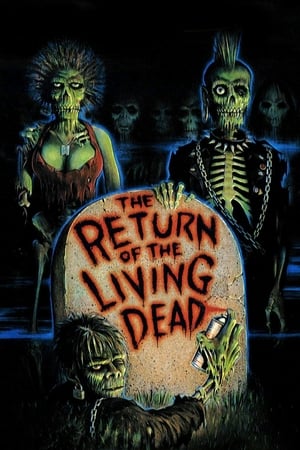 7.2
7.2The Return of the Living Dead(en)
When foreman Frank shows new employee Freddy a secret military experiment in a supply warehouse in Louisville, Kentucky, the two klutzes accidentally release a gas that reanimates corpses into flesh-eating zombies. As the epidemic spreads throughout the town, and the creatures satisfy their hunger in gory and outlandish ways, Frank and Freddy fight to survive with the help of their boss and a mysterious mortician.
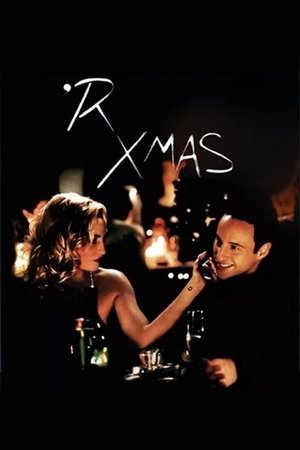 6.2
6.2'R Xmas(en)
A New York drug dealer is kidnapped, and his wife must try to come up with the money and drugs to free him from his abductors before Christmas.
 6.9
6.9Godzilla vs. Mothra(ja)
Mothra's dark counterpart, Battra, emerges to eliminate humanity on behalf of the Earth. Two tiny fairies called the Cosmos offer their help by calling Mothra to battle the creature. Unfortunately a meteorite has awoken a hibernating Godzilla as a three way battle for the Earth begins.
 5.8
5.8Mobile Suit SD Gundam Mk I(ja)
A collection of short parodies of the Mobile Suit Gundam saga. Episode 1 pokes fun at key events that occurred during the One Year War. In episode 2, Amuro, Kamille and Judau fight over who runs the better pension when Char comes in to crash their party. Episode 3 is the SD Olympics, an array of athletic events pitting man with mobile suit.
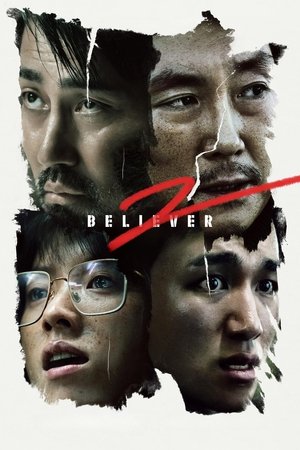 6.7
6.7Believer 2(ko)
A determined detective continues his search for the truth behind Asia's largest drug organization and its elusive boss he has unfinished business with.
Similar Movies
 0.0
0.0A Look at the World of 'Soylent Green'(en)
This promotional short film for "Soylent Green" (1973) begins by showing clips of films that depicted what the future might be like beyond Earth. The narrator then discusses the origin of the idea depicted in "Soylent Green." Director Richard Fleischer and star Charlton Heston discuss how an upcoming crowd scene will be filmed. Then we see what happens when the crowd riots because there is not enough food available to be distributed to everyone. "Soylent Green" was Edward G. Robinson's 101st (and, as it turned out, his last) feature film. During a break in filming, the cast and crew hold a ceremony celebrating the first film of his "second hundred," and Robinson makes appreciative remarks to the crowd. Studio head Jack L. Warner and friend George Burns are among those in attendance.
 0.0
0.0David Lean: A Self Portrait(en)
A television documentary on the life and career of British film director David Lean. Scenes of Lean directing are intercut with personal interviews in which the director explains his methods, the beginnings of his career, and his relationships with actors and actresses.
 5.8
5.8Room 999(fr)
In 1982, Wim Wenders asked 16 of his fellow directors to speak on the future of cinema, resulting in the film Room 666. Now, 40 years later, in Cannes, director Lubna Playoust asks Wim Wenders himself and a new generation of filmmakers (James Gray, Rebecca Zlotowski, Claire Denis, Olivier Assayas, Nadav Lapid, Asghar Farhadi, Alice Rohrwacher and more) the same question: “is cinema a language about to get lost, an art about to die?”
 6.0
6.0Marcel Duchamp: The Art of the Possible(en)
A remarkable walk through the life and work of the French artist Marcel Duchamp (1887-1968), one of the most important creators of the 20th century, revolutionary of arts, aesthetics and pop culture.
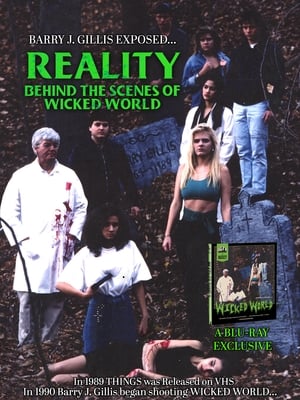 0.0
0.0Reality Behind the Scenes of Wicked World(en)
In 1990 Barry J. Gillis began shooting wicked world on 16mm film. Eddie Platt, took his video camera along to many of the locations, capturing footage of the insane Movie Shoot.
 6.0
6.0Clawing! A Journey Through the Spanish Horror(es)
In the late sixties, Spanish cinema began to produce a huge amount of horror genre films: international markets were opened, the production was continuous, a small star-system was created, as well as a solid group of specialized directors. Although foreign trends were imitated, Spanish horror offered a particular approach to sex, blood and violence. It was an extremely unusual artistic movement in Franco's Spain.
 6.5
6.5Generation Sputnik(de)
From 1957 —the year in which the Soviets put the Sputnik 1 satellite into orbit— to 1969 —when American astronaut Neil Armstrong walked on the surface of the moon—, the beginnings of the space conquest were depicted in popular culture: cinema, television, comics and literature of the time contain numerous references to an imagined future.
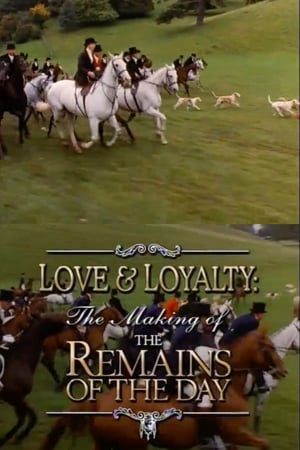 6.0
6.0Love & Loyalty: The Making of 'The Remains of the Day'(en)
The filmmakers and lead actors of The Remains of the Day (1993) discuss how they came to make the film, and the subtle power of its execution.
Advance Australian Film(en)
It's been 20 years since an Australian film has reached number one at the yearly Box Office and our films have consistently grossed under 5% for the years. So what can we do to make a change?
 6.7
6.7Caligari: When Horror Came to Cinema(de)
On February 26, 1920, Robert Wiene's world-famous film The Cabinet of Dr. Caligari premiered at the Marmorhaus in Berlin. To this day, it is considered a manifesto of German expressionism; a legend of cinema and a key work to understand the nature of the Weimar Republic and the constant political turmoil in which a divided society lived after the end of the First World War.
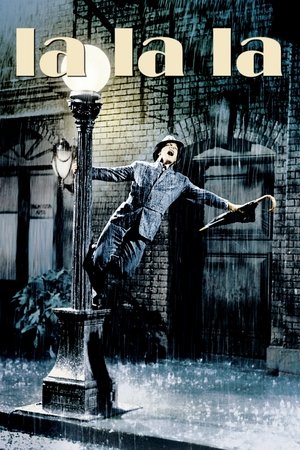 7.2
7.2La La La(fr)
When the silent cinema learned to speak, the audience was surprised not only by the voices of the actors and the sound effects, but also by a new element, the music, which, combined with the dance and an unprejudiced imagination, gave rise to a new genre, as important to Hollywood cinema as the western was: the musical. A journey through the history of this genre, from its beginnings to the present day.
 7.5
7.5Boundless(cn)
As Hong Kong's foremost filmmaker, Johnnie To himself becomes the protagonist of this painstaking documentary exploring him and his Boundless world of film. A film student from Beijing and avid Johnnie To fan, Ferris Lin boldly approached To with a proposal to document the master director for his graduation thesis. To agreed immediately and Lin's camera closely followed him for over two years, capturing the man behind the movies and the myths. The result is Boundless, a candid profile of one of Hong Kong's greatest directors and a heartfelt love letter to Hong Kong cinema.
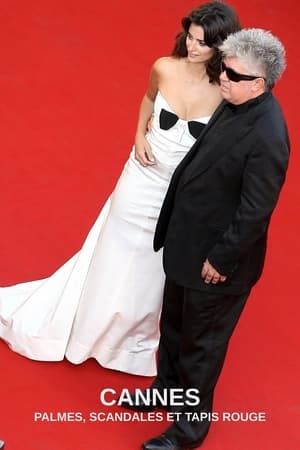 8.0
8.0Cannes : Palmes, scandales et tapis rouge(fr)
How could the Cannes Film Festival become the biggest cinema event in the world? For 75 years, Cannes has succeeded in this prodigy of placing cinema, its sometimes paltry splendors but also its requirements of great modern art, at the center of everything, as if, for ten days in May, nothing was more important than it. This film tells how Cannes has become the largest film festival in the world by opening up to cinematic modernity while never forgetting that cinema remains a performing art, a popular art.
 5.2
5.2Au Hasard Bresson(de)
In 1966, German film critic Theodor Kotulla — who would go on to become one of the New German Cinema's most uncompromising filmmakers — visited the set of Robert Bresson's "Mouchette" (1967) and created this half-hour documentary about the director. It won the 1967 German Film Award for best short documentary.
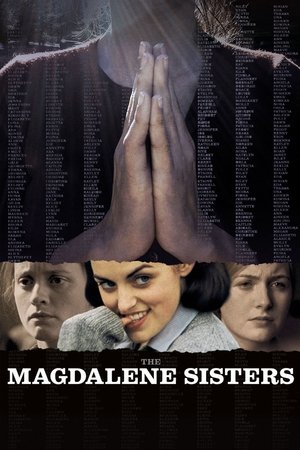 7.4
7.4The Magdalene Sisters(en)
Three young Irish women struggle to maintain their spirits while they endure dehumanizing abuse as inmates of a Magdalene Sisters Asylum.
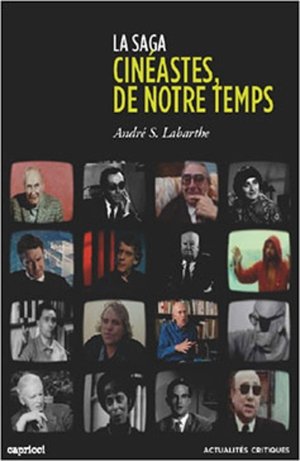 4.0
4.0Cinéastes de notre temps : Max Ophuls ou la ronde(fr)
A 1965 episode of the French television program Cinéastes de notre temps, featuring interviews with many of film director Max Ophuls’s collaborators
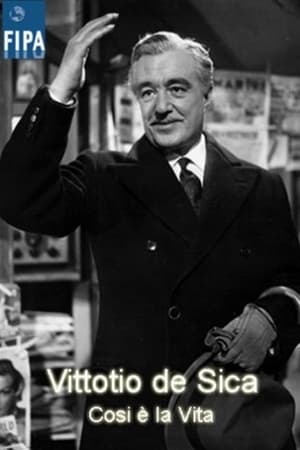 6.0
6.0That's Life: Vittorio De Sica(it)
Documentary about the life and career of Italian film director Vittorio De Sica.
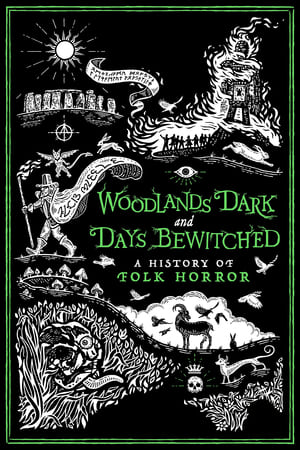 7.4
7.4Woodlands Dark and Days Bewitched: A History of Folk Horror(en)
An exploration of the cinematic history of the folk horror, from its beginnings in the UK in the late sixties; through its proliferation on British television in the seventies and its many manifestations, culturally specific, in other countries; to its resurgence in the last decade.

